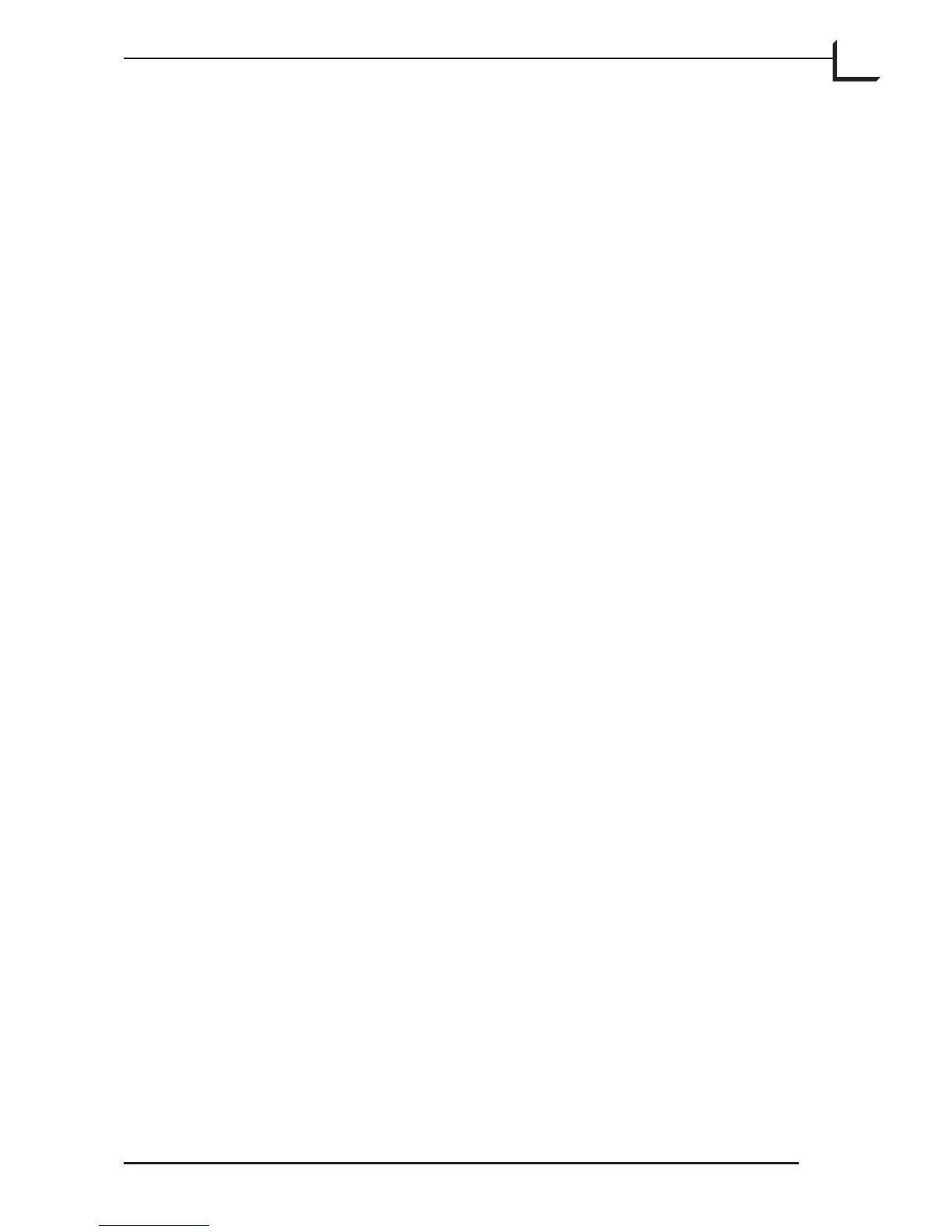103
• Amount: Controls the strength of the sharpening effect. e higher
the value, the stronger the sharp lines will become. Depending on your
image, a value between 80 and 200 is recommended.
• Dark limit: Sets the brightness level below which the filter has no effect.
is will keep the filter from enhancing noise or unwanted textures in
your image. e higher this number, the less extensive the sharpening
effect will appear. Depending on your image, a setting between 0 and 20
is recommended.
• Grain limit: Prevents the filter from sharpening low-contrast features
in the image, such as noise, or textures. It works by comparing
brightness of each pixel to the brightnesses of its surrounding pixels. If
brightnesses differ by less than the Grain limit, then no sharpening is
applied to the target pixel. If your image looks grainy aer sharpening,
try to increase the Grain limit setting.
• Radius: Sets the radius in which the unsharp masking algorithm
looks for sharp edges. e larger the radius, the more extensive the
sharpening effect will be. e setting you choose will depend on the
contents of your image and the resolution you are using. Generally,
use a large radius with high-resolution images. Use a smaller radius for
lower resolutions images.
It is also possible to apply different amounts of sharpening to each color
channel. is is controlled on the USM tab of the Setup window. See
“USM (Unsharp Masking) Tab” on page 42 for instructions.
Color Noise Filter Settings
e filter works by first converting the image into the LAB color space (in
which brightness information is separated from color information) and
then removing graininess from the color channels. Aer processing, the
filter transforms the image back into standard RGB data. is process
essentially blurs information in the color channels, but because most of
the sharpness information is stored in the brightness channel, the overall
sharpness of your image will be affected much less than the color noise.

